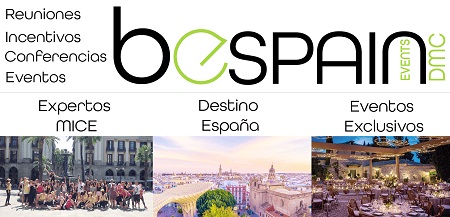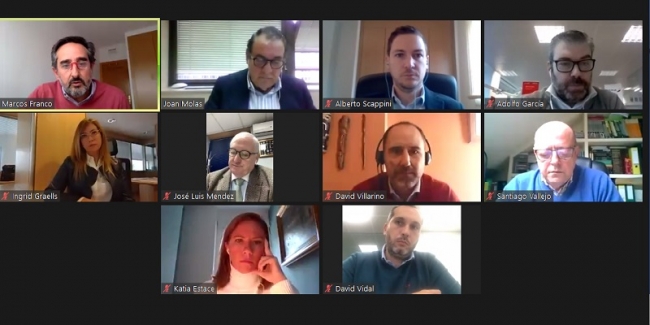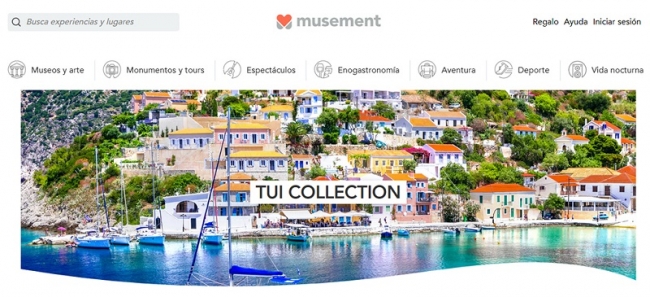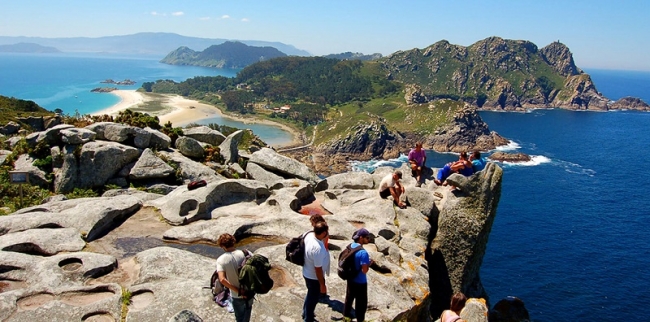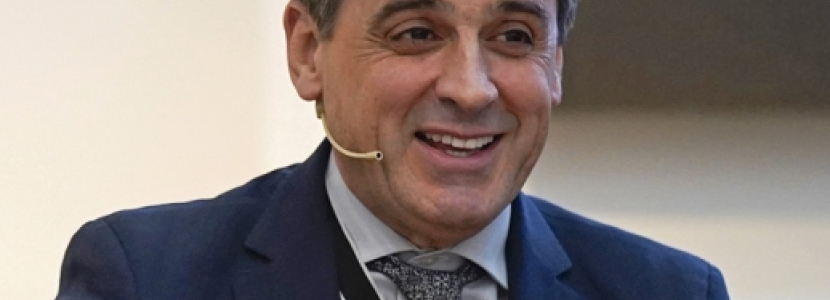
Segittur's President, Enrique Martinez, explains the steps to be taken so that destinations move towards a more responsible and sustainable model of tourism production and consumption.
If the COVID-19 crisis has made one thing clear, it is that the future is uncertain. Tourism is one of the activities most affected by the pandemic and the future of destinations is largely in the hands of external agents and circumstances that we cannot always control.
At present, we have different measures that must be complied with, which come from both the Spanish Government and the different autonomous communities, within the scope of their competences, and from the health authorities who set out the protocols, regulations and recommendations regarding mobility, workers in the sector, tourist services, the different destinations and infrastructures.
In view of these circumstances, before the summer Segittur, together with TechFriendly and the support of the Spanish Federation of Municipalities and Provinces (FEMP), prepared a guide aimed at reactivating intelligent tourist destinations, with which it aims to provide some keys, tools and methodology to help destinations face up to this new situation facing tourism.
Several aspects have been taken into account in the preparation of this guide, as we cannot ignore the fact that tourists have new needs, phobias and fears, and are different people; to this we must add that the mere opening up of destinations does not guarantee the arrival of tourists, as has been shown, as there is an environment of uncertainty and fear that acts as a barrier.
Without forgetting that much of the information which we used to take into account when making decisions is no longer valid, so the analysis of new data becomes essential.
Cooperation between administrations
The current situation forces us to greater cooperation between different administrations and between the administration and the private sector, as this is going to be key in the reactivation of tourist destinations, where processes that were already underway such as digitalisation have been accelerated, but some weaknesses have also been found that will need to be addressed. An opportunity to reinvent some of our destinations.
The aim of the guide, as I said at the beginning, has been and still is to provide destination managers with methodological guidelines and tools to face the new environment, taking as a starting point the Intelligent Tourist Destinations (ITD) model based on five lines of action: innovation, technology, accessibility, sustainability and governance.
It is from the DTI model, where in the current context it is proposed to the destination to act in six dimensions: economic and social in order to reactivate the activity and recover jobs; health and safety, with which to provide guarantees to professionals, tourists and the population; marketing and communication to adapt new products, segments, markets and scenarios, working towards a better positioning of the brand; tourist offer to guarantee quality, paying special attention to safety in services.
In addition to this, knowledge management, obtaining new data and information that contributes to better management; and public-public and public-private cooperation, where everyone contributes.
In short, the aim is to help the destinations to reactivate themselves in the face of the exceptional situation in tourism, as well as to give them the guidelines to redirect the destinations towards a more responsible and sustainable model of tourism production and consumption.
Credits https://agenttravel.es/noticia-039283_La-reactivacion-de-los-destinos-turisticos-inteligentes-tras-la-COVID-19.html


